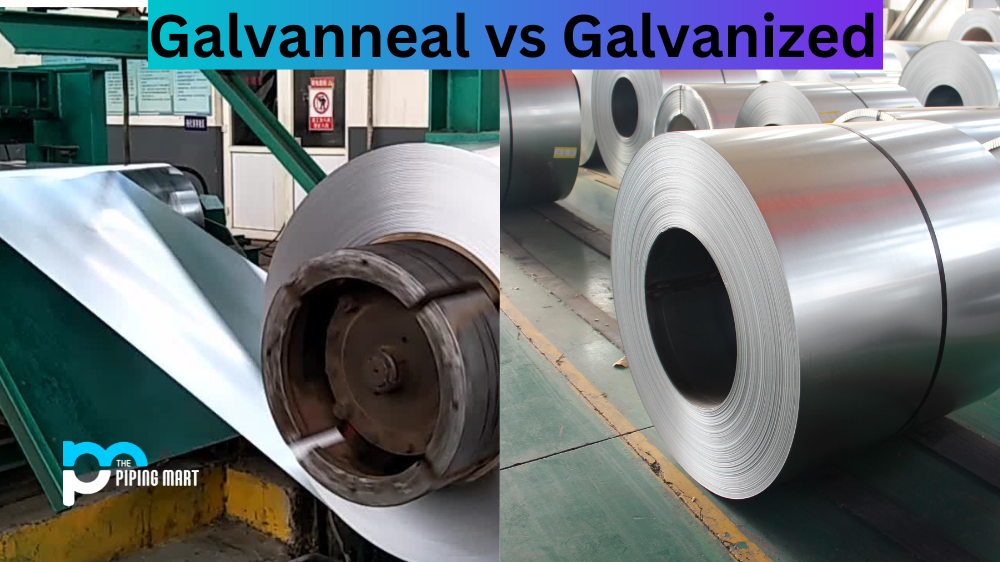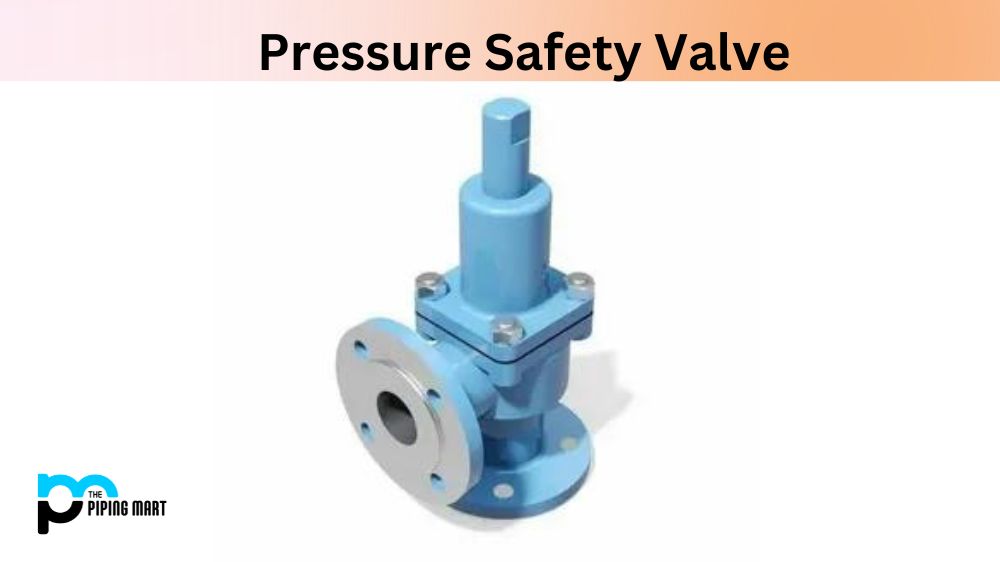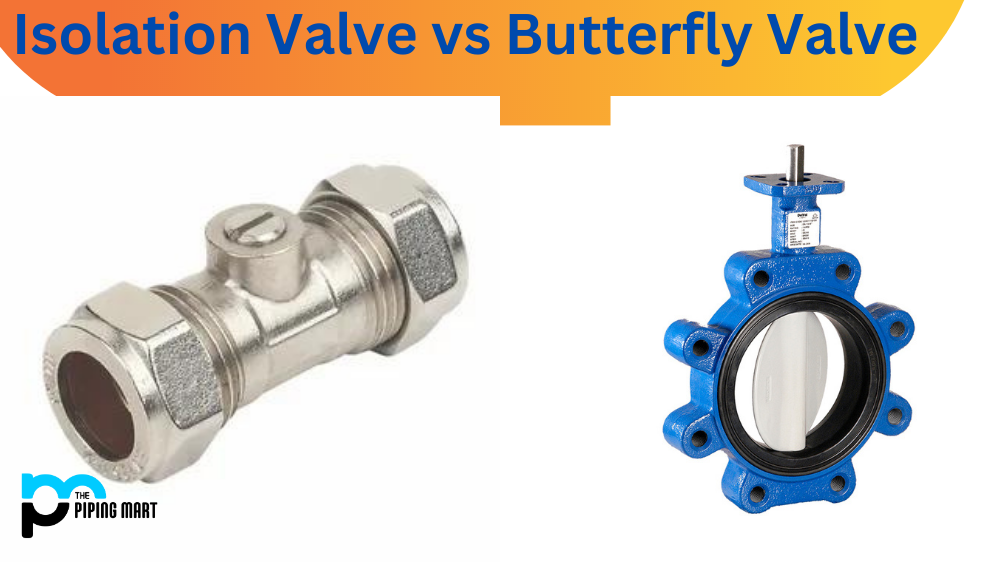Two coating options are commonly used to protect the metal from corrosion: galvanneal and galvanized. While the two may sound similar, their differences impact their suitability for different applications. In this article, we’ll delve into the pros and cons of each to help you make an informed decision.
Galvanneal
Galvanneal is created by annealing (heating and cooling) a galvanized coated steel sheet. This process forms an iron-zinc alloy that provides superior resistance to wear and tear compared to plain galvanized steel. Galvanneal is also more malleable than galvanized steel, making it suitable for stamping or deep drawing. Its flat surface is ideal for painting, further improving its corrosion resistance.
Galvanized
Galvanized steel has a thicker zinc coating applied through a process called hot-dip galvanizing. This gives it greater resistance to corrosion in high-moisture environments, such as those found near the coast or in industrial settings. Galvanized steel also scores well in cost-effectiveness, with a lower initial cost than galvanneal.
However, there are some limitations to galvanized steel. It is not recommended for use in acidic environments, as it erodes quickly. Additionally, galvanized steel’s irregular surface makes it difficult to paint, which limits its use in industries that require aesthetically appealing products.
Difference Between Galvanneal and Galvanized
When deciding between galvanneal and galvanized steel, it’s important to consider the specific application. For instance, if you require a metal product that can withstand frequent chemical and mechanical exposure and maintain its aesthetic appeal, galvanneal is the best pick. It is also more suitable for punching or stamping products, such as metal cabinetry, drawers, and office furniture. On the other hand, Galvanized steel is more suitable for outdoor metal structures, such as fences, handrails, and guardrails. It is also ideal for roofing and siding, as it can withstand harsh weather conditions and salt exposure without corroding.
- Galvannealed steel is created by combining the process of annealing and galvanizing.
- Galvanized steel is created by a hot-dip process that coats the steel in a layer of zinc.
- Galvannealed steel has a smooth, matte finish due to the annealing process.
- Galvanized steel has a shiny, smooth finish due to the hot-dip process.
- Galvannealed steel is more corrosion-resistant than galvanized steel.
- Galvanized steel is less expensive than galvannealed steel.
- Galvannealed steel is typically used in automotive and appliance applications.
- Galvanized steel is typically used in construction applications.
- Galvannealed steel can be painted without prepping the surface first.
- Galvanized steel must be primed before painting
Conclusion:
In conclusion, galvanneal and galvanized steel are excellent options for protecting metal products from corrosion. While galvanneal is better suited for products that require malleability and painting, such as office furniture, galvanized steel is ideal for outdoor structures like fences and handrails. It’s up to you to weigh the pros and cons of each and decide which one suits your specific needs. The right decision will help you save on costs and increase the lifespan of your metal products.

Abhishek is a seasoned blogger and industry expert, sharing his insights and knowledge on various topics. With his research, Abhishek offers valuable insights and tips for professionals and enthusiasts. Follow him for expert advice on the latest trends and developments in the metal industry.




